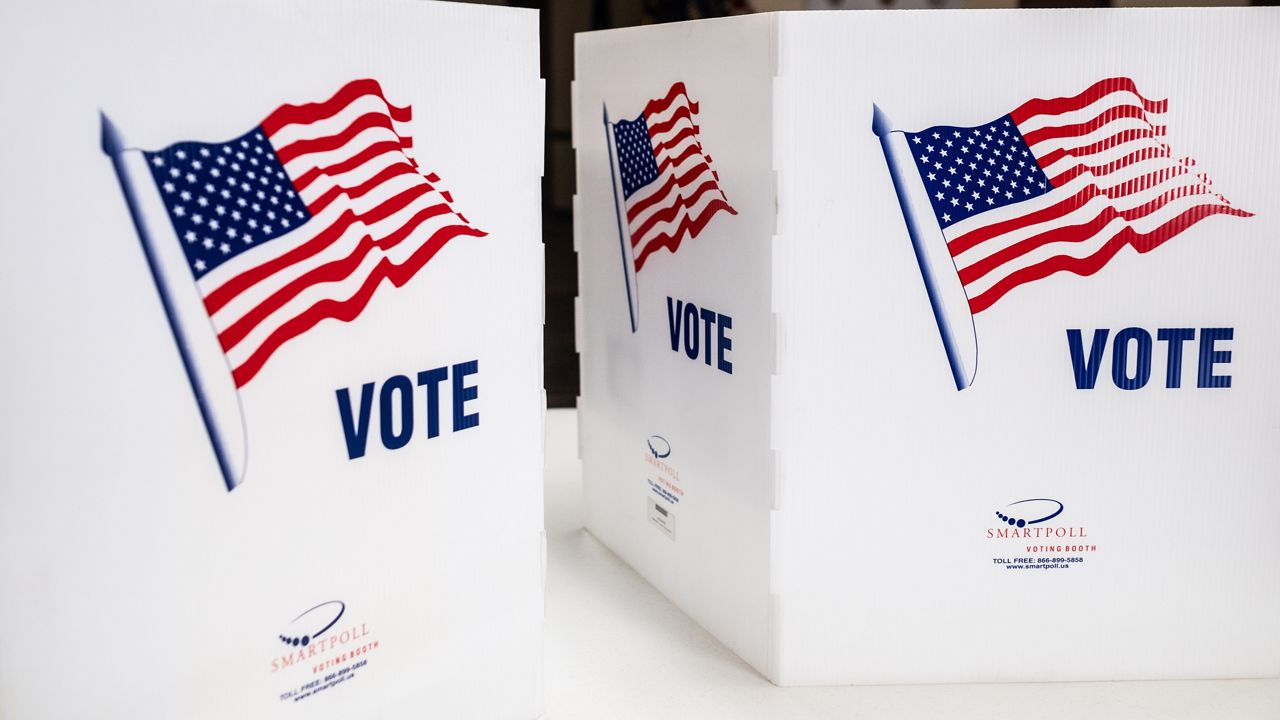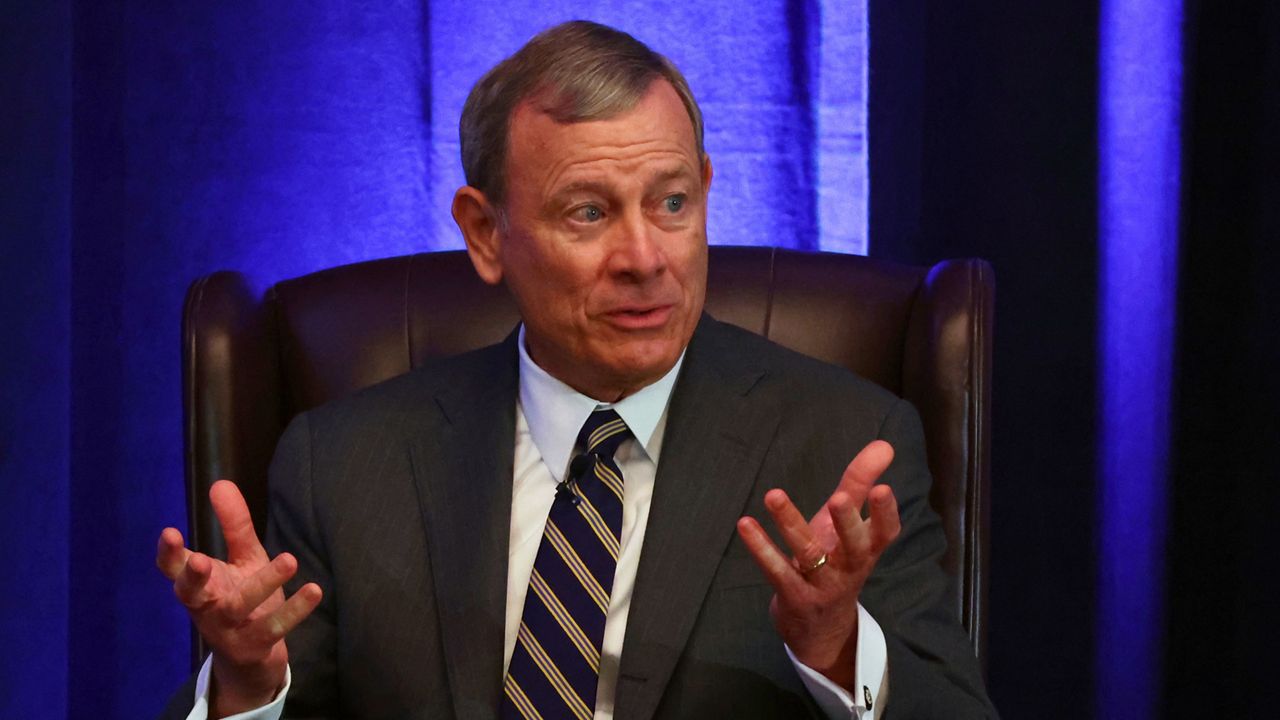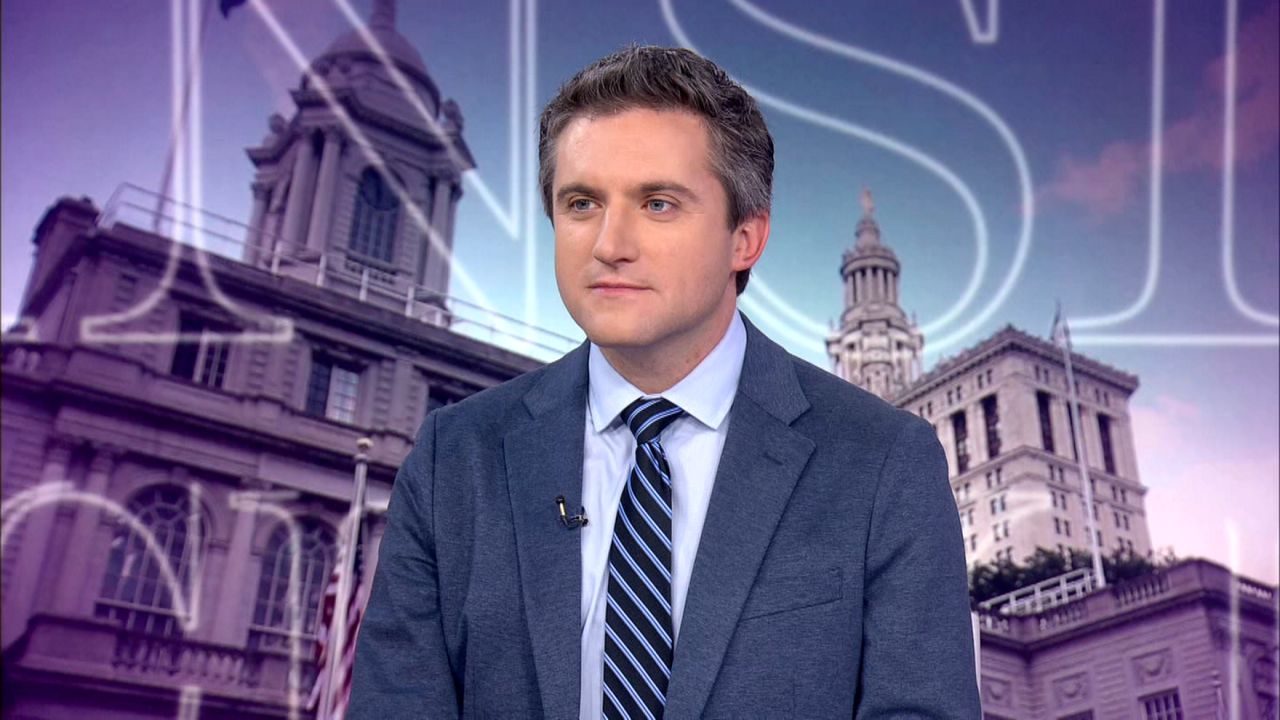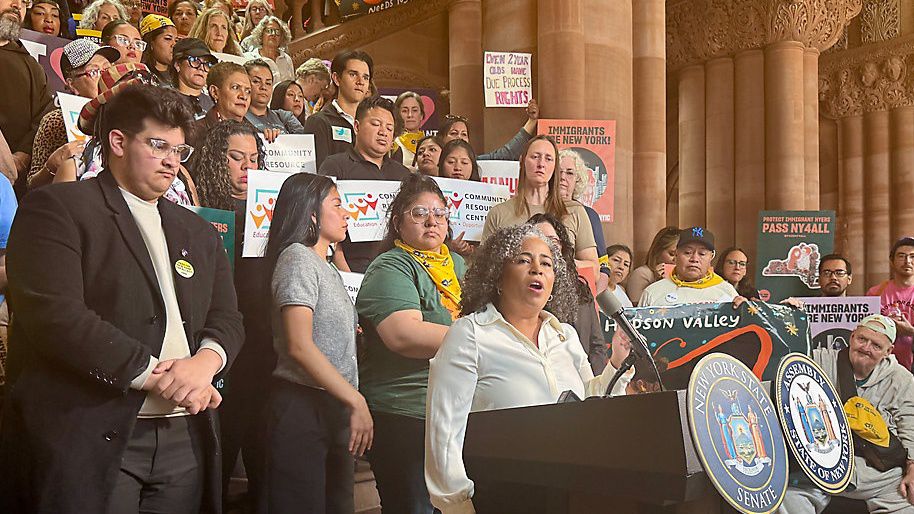A growing number of lawmakers are urging Gov. Kathy Hochul to take executive action — and soon — to support health staff as the federal COVID-19 public health emergency ended Thursday.
The governor's executive order that allows nurses, LPNs and physicians licensed in other states to practice medicine in New York will end May 22, which could lead to reduced health workers at facilities in rural, low-income and minority areas that have battled staffing shortages for years.
"If there's no executive order, and no legislation passed, we are going to have a problem," Assembly Health Committee chair Amy Paulin said Thursday.
State lawmakers have much to consider, and quickly, to support the state health care system in the aftermath of the pandemic and before the state emergency expires.
As of Thursday, 2,015 new direct care or patient-facing health workers, including out-of-state nurses, work at 65 hospitals across the state under the flexibilities permitted under the executive order, and 126 provide existing direct or patient-facing care, according to the state Health Department. The total figure reflects out-of-state employees and staff who came out of retirement.
Paulin is prioritizing three pieces of legislation in the final weeks of session, which ends next month.
"COVID brought with it workforce shortages, so we will have a major problem in those institutions if we don't act," she said.
Representatives with Hochul's office would not answer questions about the governor's intent to declare a new executive order before the current mandate sunsets.
"The governor’s State of the State [address] and the FY24 Executive Budget included a number of provisions to make permanent the most crucial clinical licensure flexibilities included in [Executive Order No. 4], and we are eager to work with the Legislature on any legislative fixes to this issue," Hochul's Press Secretary Hazel Crampton-Hays said in a statement.
The 2023-24 $229 billion budget includes plans for a $22 billion investment over several years to strengthen the state health system, according to DOH. The department has also created the state Nurses Across New York Loan Repayment Program, designed to help train and place registered professional nurses and licensed practical nurses in underserved communities.
"While the federal Public Health Emergency ends today, May 11, it’s important to note that New York’s COVID-19 State of Emergency ended on Sept. 12, 2022, and the majority of COVID-19 restrictions in New York have already been lifted," DOH spokeswoman Cadence Acquaviva said Thursday. "Over the past three years, New York state utilized the federal Public Readiness and Emergency Preparedness Act declaration and a series of executive orders, to achieve necessary health care delivery flexibilities. NYS implemented these EOs to empower more health care professionals to operate to rapidly respond to patient needs during the COVID-19 pandemic and more recently to address health care staffing shortages. It’s important to note that the 5/11 end to the COVID-19 federal Public Health Emergency does not impact the federal Public Readiness and Emergency Preparedness Act declaration."
A bill sponsored by Assemblywoman Pat Fahy would allow nurses from other states to practice in New York for six months if they've applied for a license with the state Education Department. A counterpart bill in the Senate has not been published.
Sources say lawmakers and counsel continue to work on details of adding a timeline of when the legislation would expire.
Hochul has 11 days to declare a new workforce shortage emergency order — or sign a bill approved by both houses of the Legislature.
Republican lawmakers have blasted state leaders' long-standing executive orders related to the pandemic, but say the ongoing health staffing crisis requires the governor's action to prevent drastic cuts in health services.
"They are right now providing care in emergency departments, cardiovascular practices, bone marrow transplant plants, so the health and well-being of New Yorkers will suffer if there's not a plan in place," said Assemblyman Josh Jensen, a Republican from Rochester who sits on the Health Committee.
But Pat Kane, executive director of the New York State Nurses Association, argues leaning on out-of-state health workers is not the right way to fill in the staffing gaps because many lack the training agencies advertise them to have. NYSNA does not support the governor declaring a new executive order, nor the proposed legislation.
"This has been going on for three years now," Kane said. "Why haven't we gotten these people registered here?"
State Education Department officials pushed back against a budget proposal to join the multi-state Nurse Licensure Compact, arguing it would put the state in a poor legal position to hold a provider accountable for malpractice.
"That's not safe for anyone, and that is something that is going to make nurses leave," Kane said.
Instead, NYSNA is urging the state Health Department to begin to enforce provisions of the state's safe staffing law passed in 2021. The department has delayed enforcing the rules and implementing daily fines to health facilities amid the pandemic and staffing crisis.
But Kane says other changes made under the law must be followed, such as requiring facilities to publicly post the health staff on a unit and its staffing plan.
"You know, just seeing what is the pattern?" she asked. "How many times are we not in compliance, and what kind of things can we do?"
Safe staffing and safer working conditions are critical to hire and retain nurses and health workers, including more support for safety net hospitals and Federally Qualified Health Centers across the state, Kane said.
Meanwhile, lawmakers will also work to pass legislation to permit Emergency Medical Services staff to check on emergency room patients and to allow standing orders for nurses to perform certain tasks and issue non-patient specific prescriptions.
Paulin sponsors both measures to make the pandemic practices law.
"This has been able to free this system up a great deal, so we're trying to get them extended as well," she said.
The end of the federal pandemic emergency also marks the conclusion of automatic Medicaid re-enrollment, expecting to put an additional strain on hospitals, but especially in low-income communities.
Last year's budget included funding to creaqte a Workforce Innovation Center to support long-term health care workforce needs.
"The center is developing an information- and data-gathering strategy to inform policy recommendations," according to the state Health Department.










